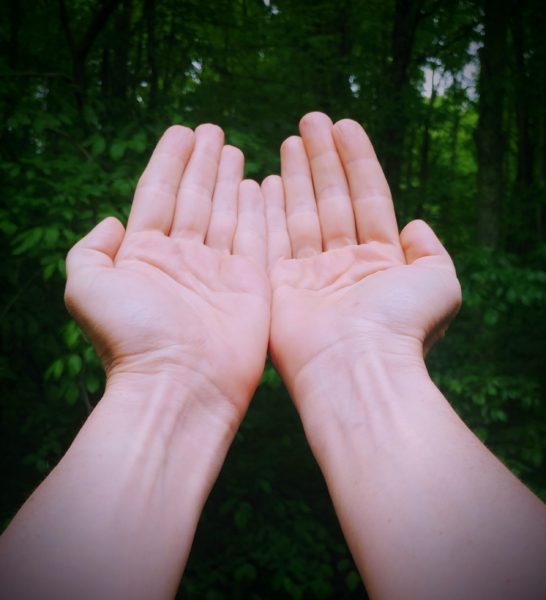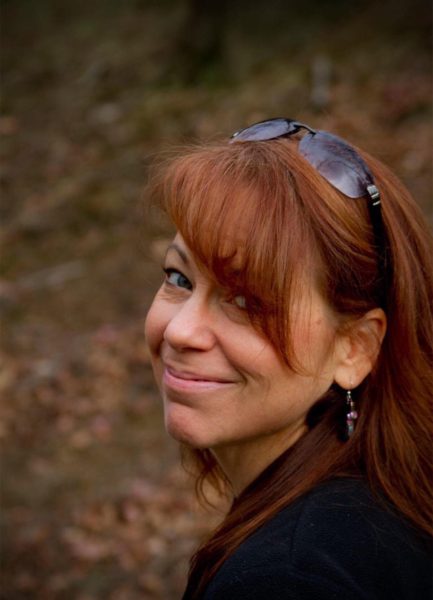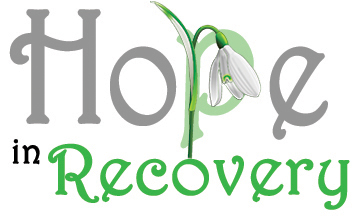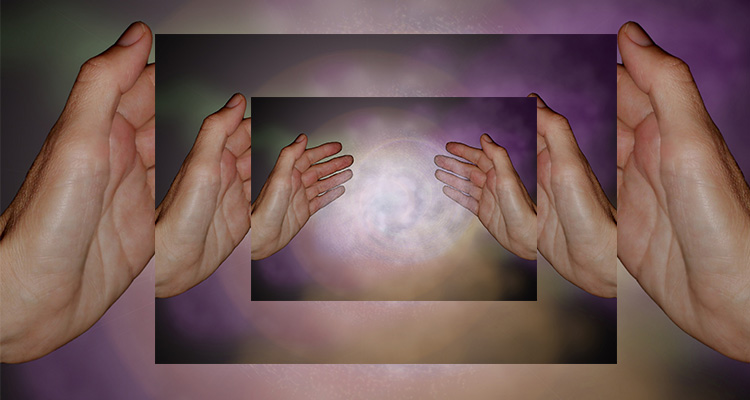My hands have been tingling on and off for three days. They tingle as I write. At times the sensations move down to my feet or through my arms. Three days ago, I would have Googled the symptoms, diagnosed myself with a pinched nerve or neuropathy and visited a neurologist. Three days ago, I would have worried that something was very wrong.
But three days ago, I didn’t understand what was about to happen to me. I didn’t yet understand Reiki.
In Japanese, the word Reiki means “divine energy.” It’s a healing modality first practiced and taught in Japan. Practitioners later brought it to Hawaii and adapted it for teaching in the United States. Reiki is taught hand to hand from master to student and can be used to facilitate physical and emotional well-being.

The universe resonates with energy. Whether you call it chi, God or a universal life force, it comprises every living being. It connects us to one another; it connects us to animals and nature. The Reiki practitioner serves as a conduit for this energy, a kind of funnel that channels and focuses its flow into a receptive body, be it human, animal or plant. The Reiki practitioner uses her hands to direct this flow, but once the energy leaves her hands, it goes where it’s most needed in the body to facilitate healing. Sometimes this may be a physical injury. In other cases, the wound may be emotional, a pain from the past that prevents growth and blocks our path toward contentment.
Heather Stewart-Wildey of Restoration Reiki in Wheeling is a Reiki master, and I met her this past winter when the pain from fibromyalgia and autoimmune disease began to bog me down. Heather gave me treatments, and I felt markedly better after each one. Still, the skeptic in me chalked it up to coincidence or the placebo effect.
Heather knows better. Her own Reiki journey began when her husband, Peter, was diagnosed with cancer shortly after their marriage in 2015. Heather had moved from Vermont to begin her life here, and the couple faced grave news.
“I knew I needed to do something when Peter was diagnosed with cancer,” she told me. “I just really felt like I couldn’t sit in the passenger seat with no controls, nothing I could do to help. And I know how awesome Reiki made me feel, and I wanted to be able to share that with Peter. I knew that there were so many tangible medical things that it helps with — stress and anxiety. And I knew that could help him. So I signed up to take Level 1. I felt so transformed after that.”

Instead of undergoing chemotherapy, Peter participated in a clinical immunotherapy trial. Meanwhile, Heather gave him three full Reiki treatments a week, and she says it brought him immense peace and comfort. As she treated him, she also treated herself and says it helped with the stress of being a caregiver.
“We both felt so peaceful about the whole experience,” she said. “That began my journey.”
While chemotherapy would likely have worsened his cancer, the drug trial proved more successful. Peter is winning his battle and has mostly recovered. His doctors hope that what little is left will remain dormant. Both he and Heather believe that Reiki offered tremendous support throughout the fight. At times the effects of the treatments showed up in his bloodwork; his numbers would be much higher after a Reiki session.
“I felt called deeply to keep pursuing and learning everything I could,” Heather said.
Now, she works with Allegheny Health Network in Pittsburgh to give Reiki to patients in the hospital. She’s thrilled to be able to help others, and she’s so pleased that the medical community has opened its doors to alternative healing modalities. Many hospitals eschew the idea of energy work, but Allegheny Network’s website expresses their support of Reiki:
We don’t know the exact effects of these changes in the energy fields; however, we do know that taking the time to slow down and relax calms the nervous system and decreases the output of stress hormones that can harm the body. Also, in our high-tech society, we sometimes forget that the touch of another person is a basic human need — there is something very calming and nurturing about having another person put their hands on you in a caring way.
Heather has seen the myriad results of Reiki firsthand with her patients and clients.
“Pain [control] is a big one,” she said. “I see huge relief for people that struggle with anxiety issues. I had a client who had been wrestling with infertility and got pregnant. I was blown out of the water. I have seen firsthand healing to injuries.” Her own Reiki master was up and walking way ahead of schedule after a foot surgery. Heather says she’s seen surgical sites heal more quickly than normal, swelling go down and less bruising. Often, she works with fibromyalgia and cancer patients. In particular, she feels Reiki can help with the side effects of cancer treatments and the fear that comes with the diagnosis.
“People just kind of come into a place of peace,” she said of those in the oncology department, adding that even the nurses feel calmer after her treatments. And that’s one way Reiki can be so helpful: when the patient’s emotional state is supported, the body can get to the business of physical healing.
This healing, however, may be unexpected. It’s important to understand that the energy cannot be directed; you can’t just zap a tumor with Reiki and go on your merry way. Instead, it’s best to think of Reiki as one of many tools that we can call upon when we’re in physical or emotional pain. The healing may take a basic form, such as the sense of peace the Wildeys felt during stressful times, or perhaps the desire to work on oneself or a broken relationship. Heather’s job is to deliver energy to the body so it can begin to heal itself.
“Reiki brings the nervous system in the body from a sympathetic (fight or flight) response to a parasympathetic (deep restful state) where the body does all its natural healing, like when we deep sleep,” she explained. The body wants to be in balance, but sometimes it needs a little help. We’re under such constant stress in modern America that it’s no wonder we find our physical and mental health suffering.

To become a Reiki master, a student must work through several levels of learning. Level One ends with an attunement; this is the transfer of Reiki from master to student.
Once you have been attuned, you can begin to give Reiki to yourself and others, and this was the process I went through with Heather.
I am by nature a skeptic. I will debunk your Bigfoot sighting and rain on your out-of-body experience parade. I value the scientific method as an important tool in the search for truth. Before my day of learning began, I confessed to Heather that I had doubts. I told her I was 10 percent skeptical, but in truth, it was higher than that.
What I felt after my attunement cannot be explained. My hands came alive with energy. They tingled, and as I moved them over my own body, the sensations and their intensity changed and shifted. I was now a conduit, too. In the following days, I gave Reiki to my mom for her arthritis and to my son for chronic dizzy spells. Perhaps I will one day pursue Reiki-master status, but my experience taught me that there’s so much out there I don’t know. It’s important to take time to be in my new state.
Reiki doesn’t belong to any religious tradition. At the same time, we can infer from spiritual texts that healing does. Buddhist scripture tells us, “When watching after yourself, you watch after others. When watching after others, you watch after yourself.” Similarly, in 1 Corinthians 12:7 we’re taught, “A spiritual gift is given to each of us so we can help each other.” Reiki lends itself to spirituality, and yet it can be viewed as a purely energetic exercise, separate and apart from belief systems. It’s simply a tool, and you can give or receive it as you feel called.
I asked Heather what she would say to skeptics.
“Try it,” she said. “I can talk about Reiki all day long, but to experience it is to understand the deep peace that it brings you. There’s so much out there that we cannot possibly begin to understand. We’re all so connected, and that’s the philosophy behind so many alternative healing modalities. They’re called ‘alternative,’ but they were really the original modalities because we were more in tune with our bodies back then. We’ve lost touch with ourselves. We’re only using a tiny bit of our potential while we’re here.”
Heather practices Reiki out of her home near The Highlands. Sessions generally run between 60 and 90 minutes, and she prefers to take time to speak with people before and after the sessions to understand how they feel about the experience. She’s continually amazed at the positive changes Reiki brings to her life and to the lives of those she treats.
As for my own Reiki journey, my hands will calm down soon enough. What’s more important is to understand how I can use this gift to help myself and those around me because we’re here to better ourselves and care for one another. And as Heather Stewart-Wildey taught me, “Reiki puts us in that position that we can.”
• Laura Jackson Roberts is a freelance writer in Wheeling, W.Va. She holds an MFA in Creative Writing from Chatham University and writes about nature and the environment. Her work has recently appeared in Brain, Child Magazine, Vandaleer, Animal, Matador Network, Defenestration, The Higgs Weldon and the Erma Bombeck humor site. Laura is the Northern Panhandle representative for West Virginia Writers, a blog editor for Literary Mama Magazine and a member of Ohio Valley Writers. She recently finished her first book of humor. Laura lives in Wheeling with her husband and their sons. Visit her online at www.laurajacksonroberts.com.


